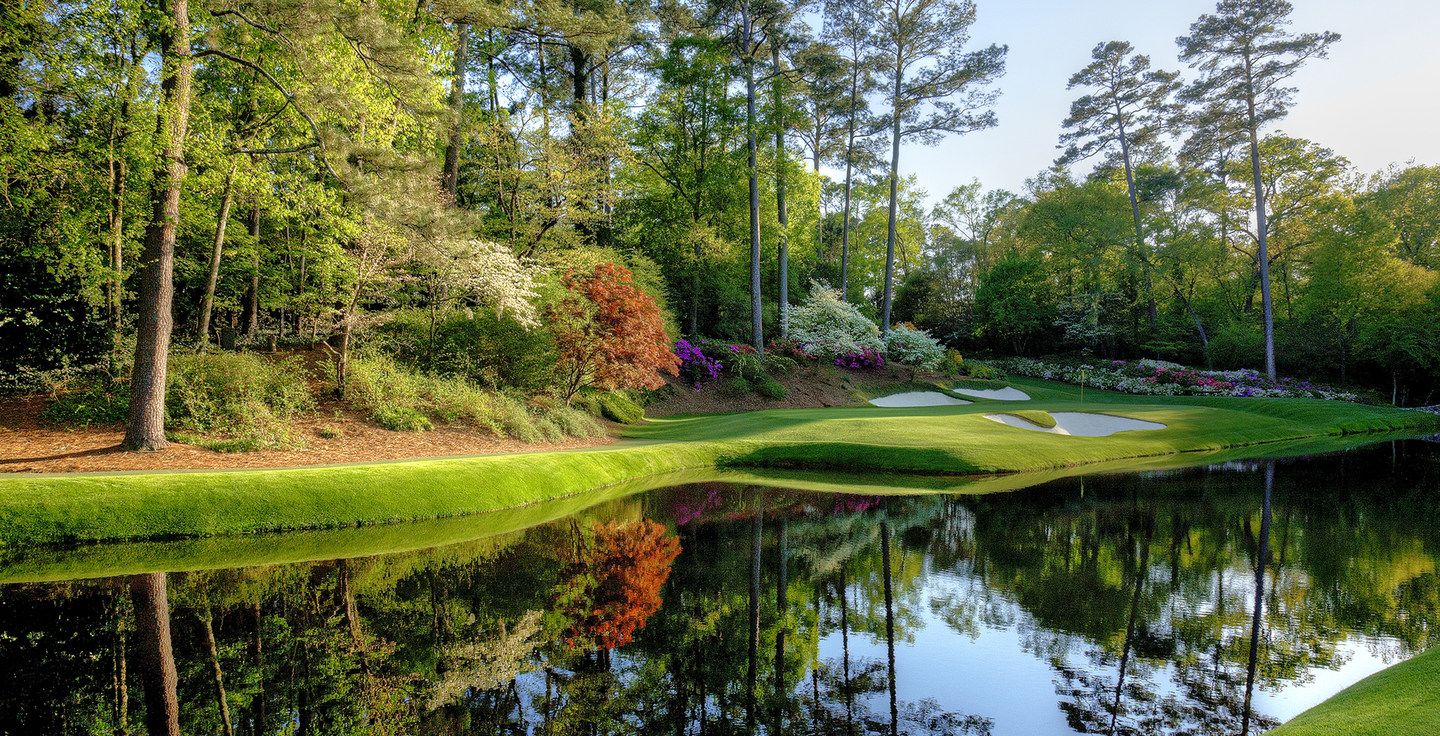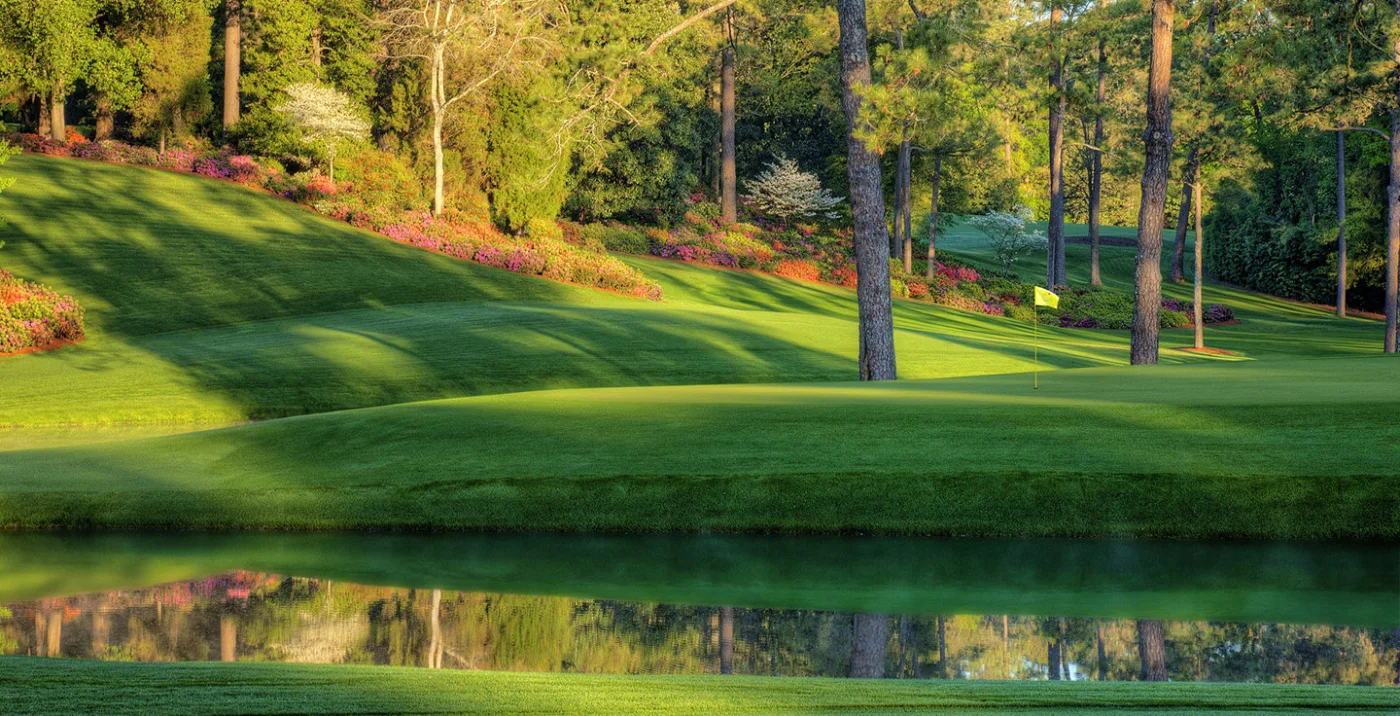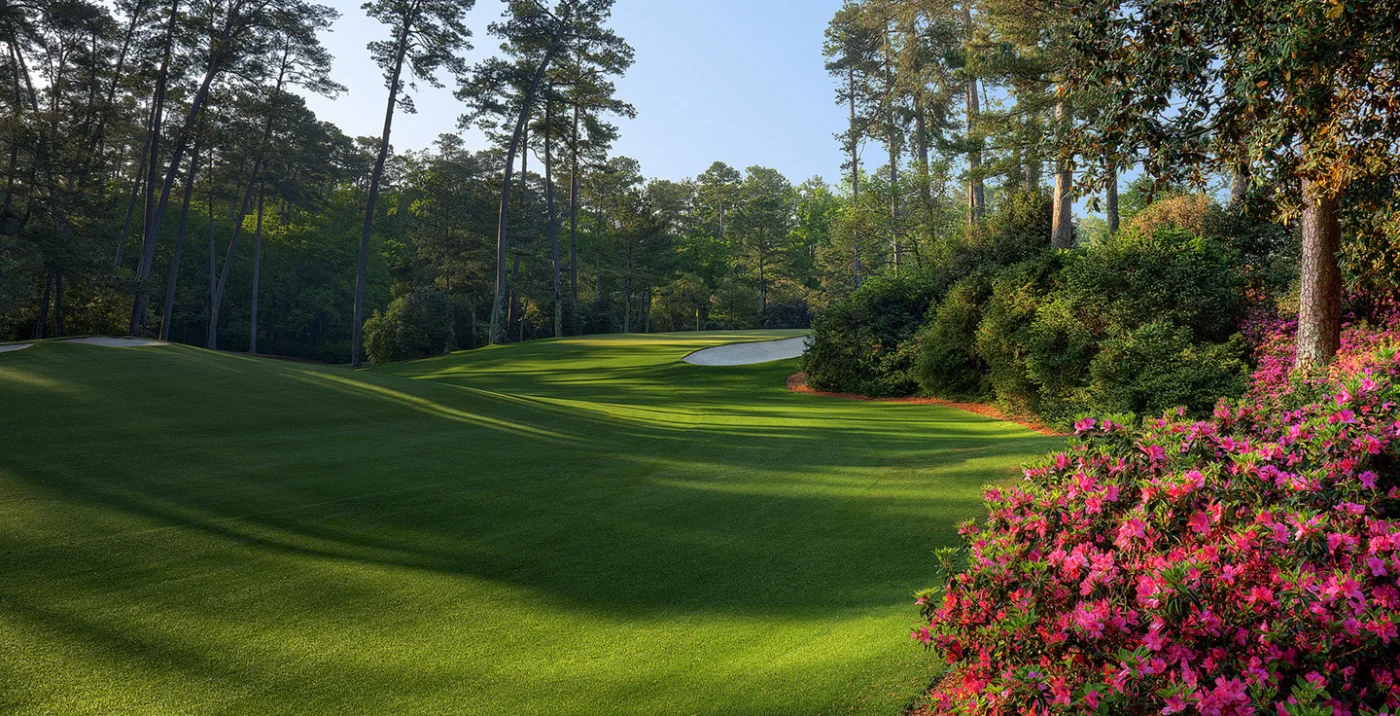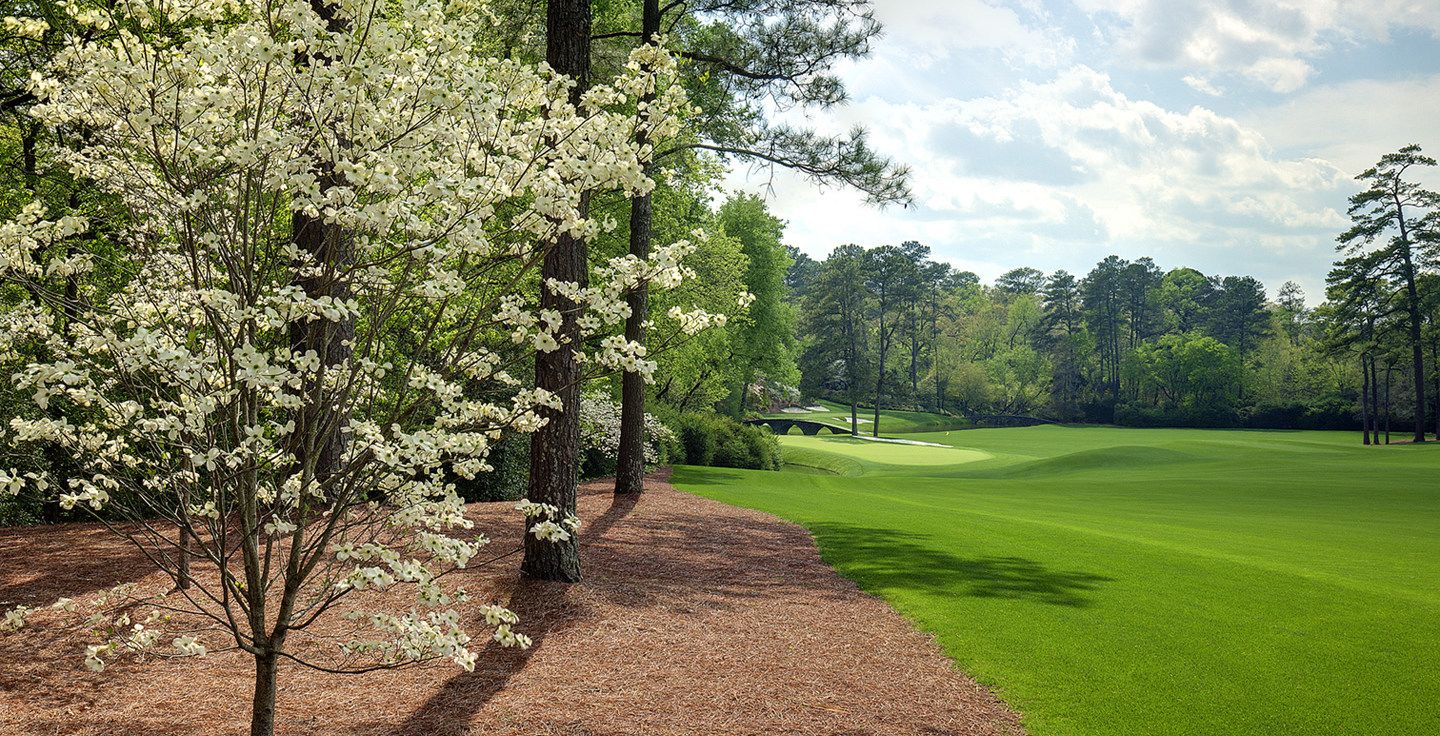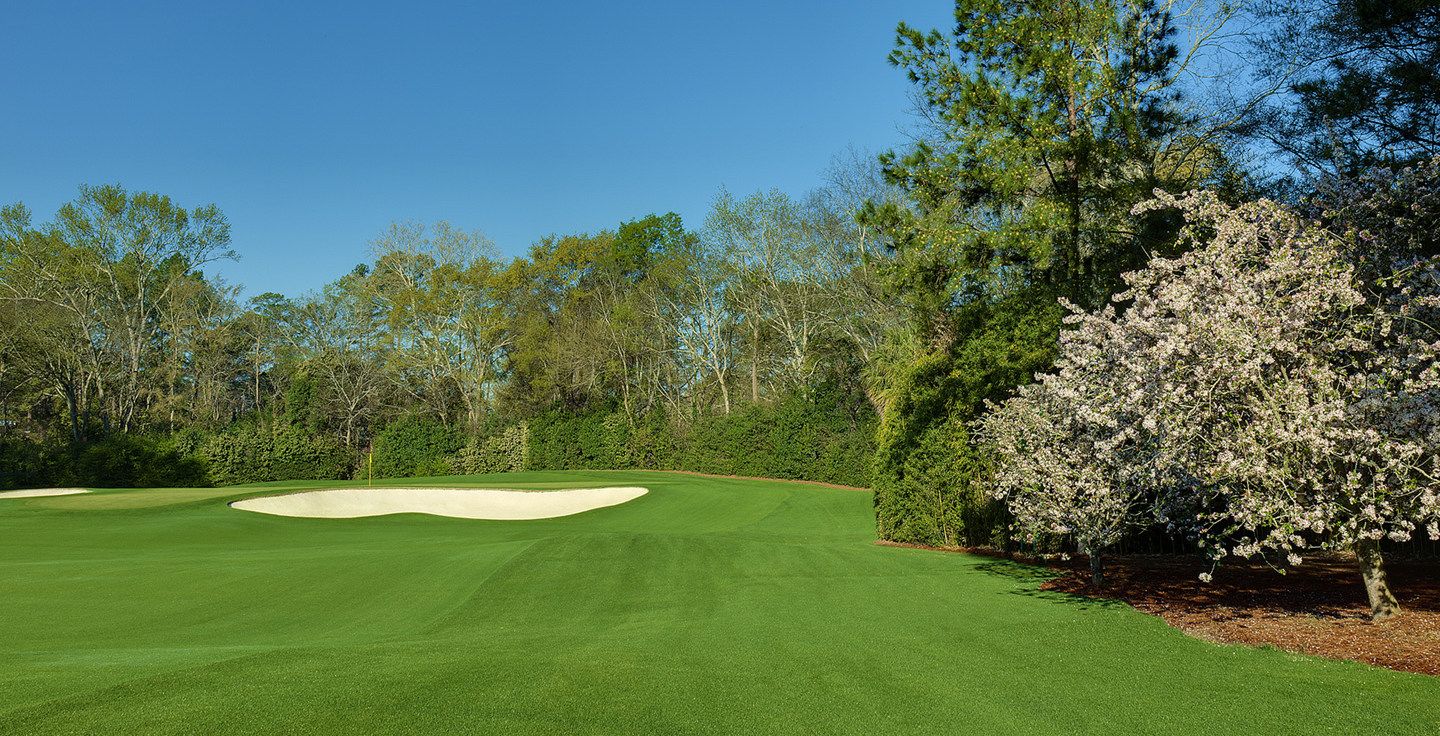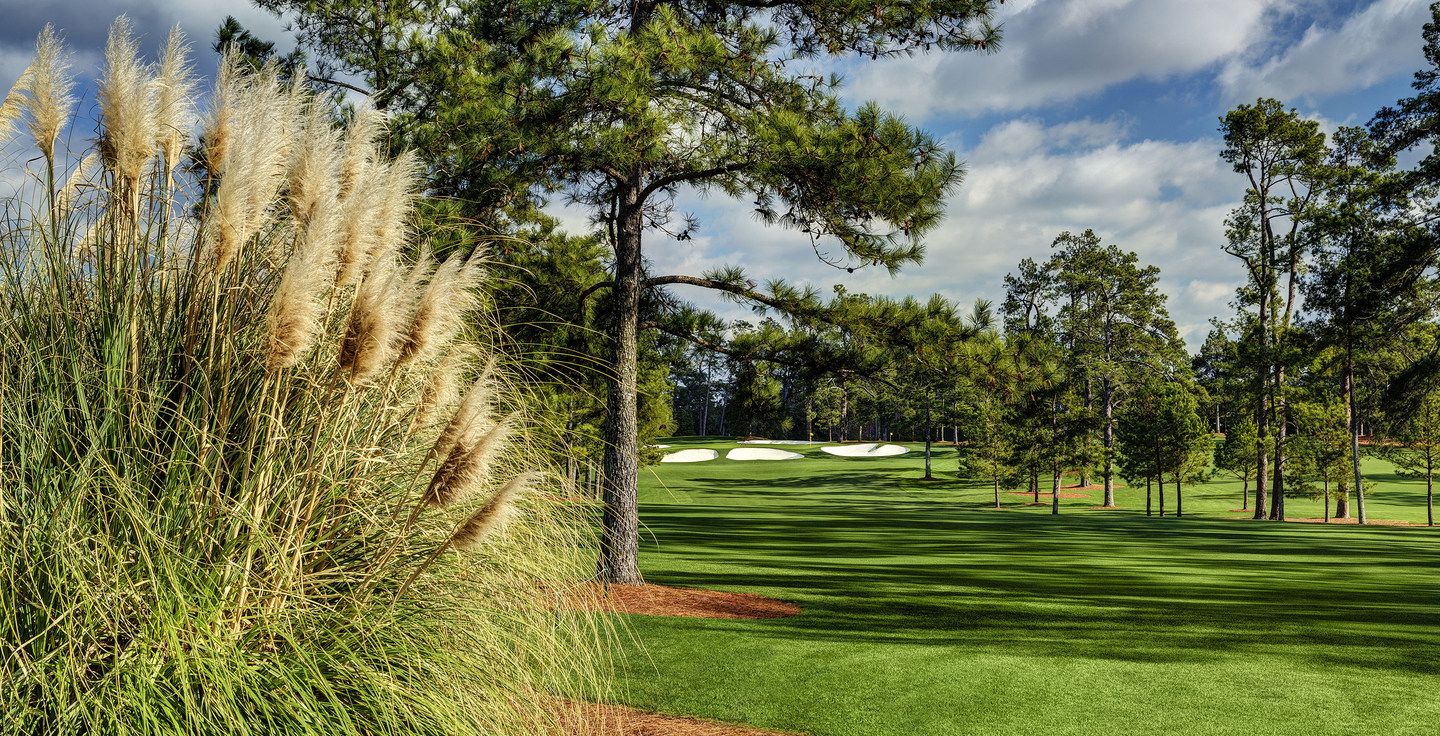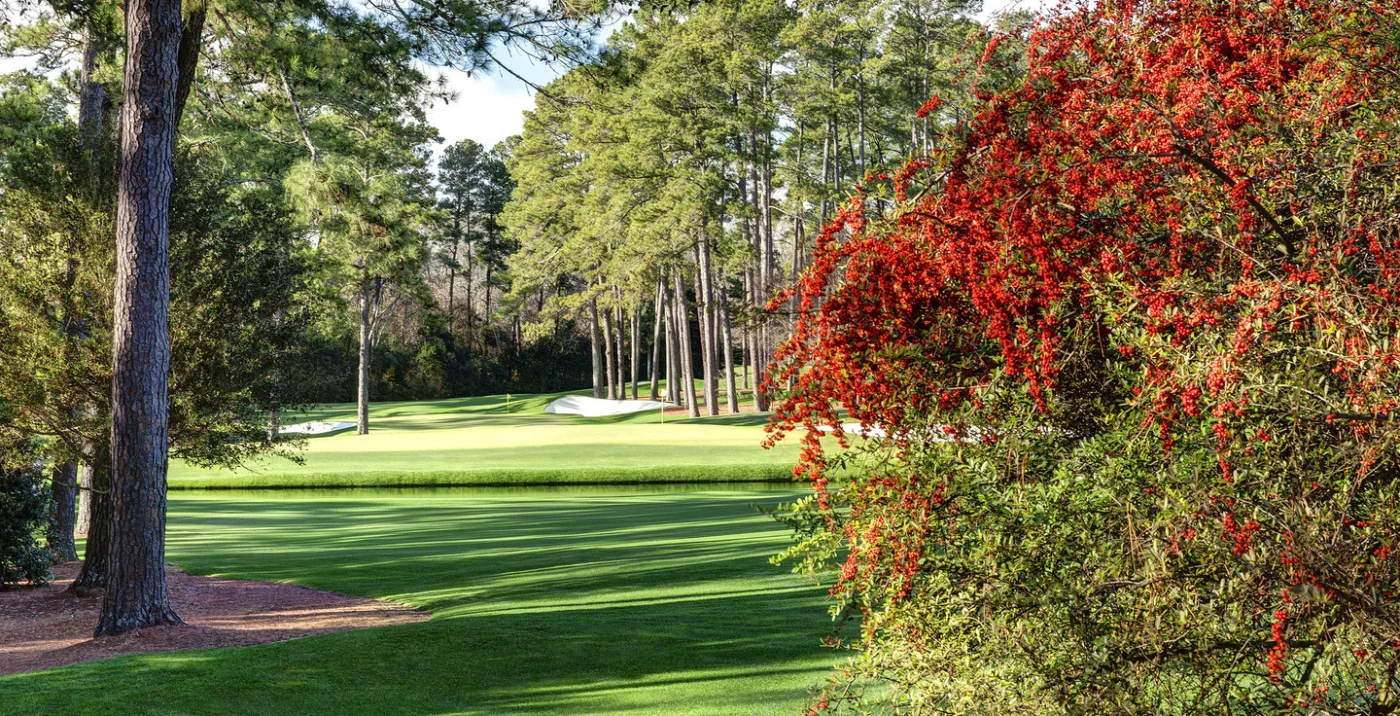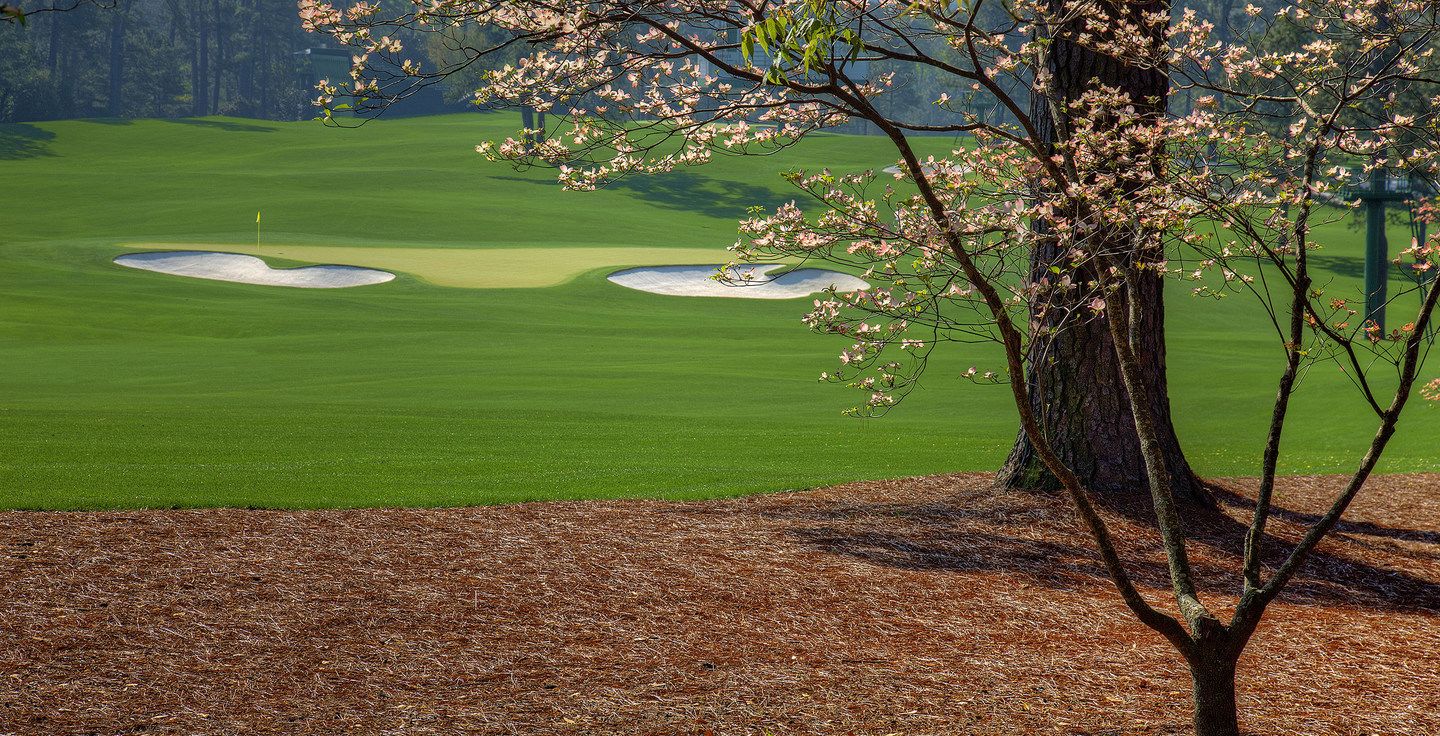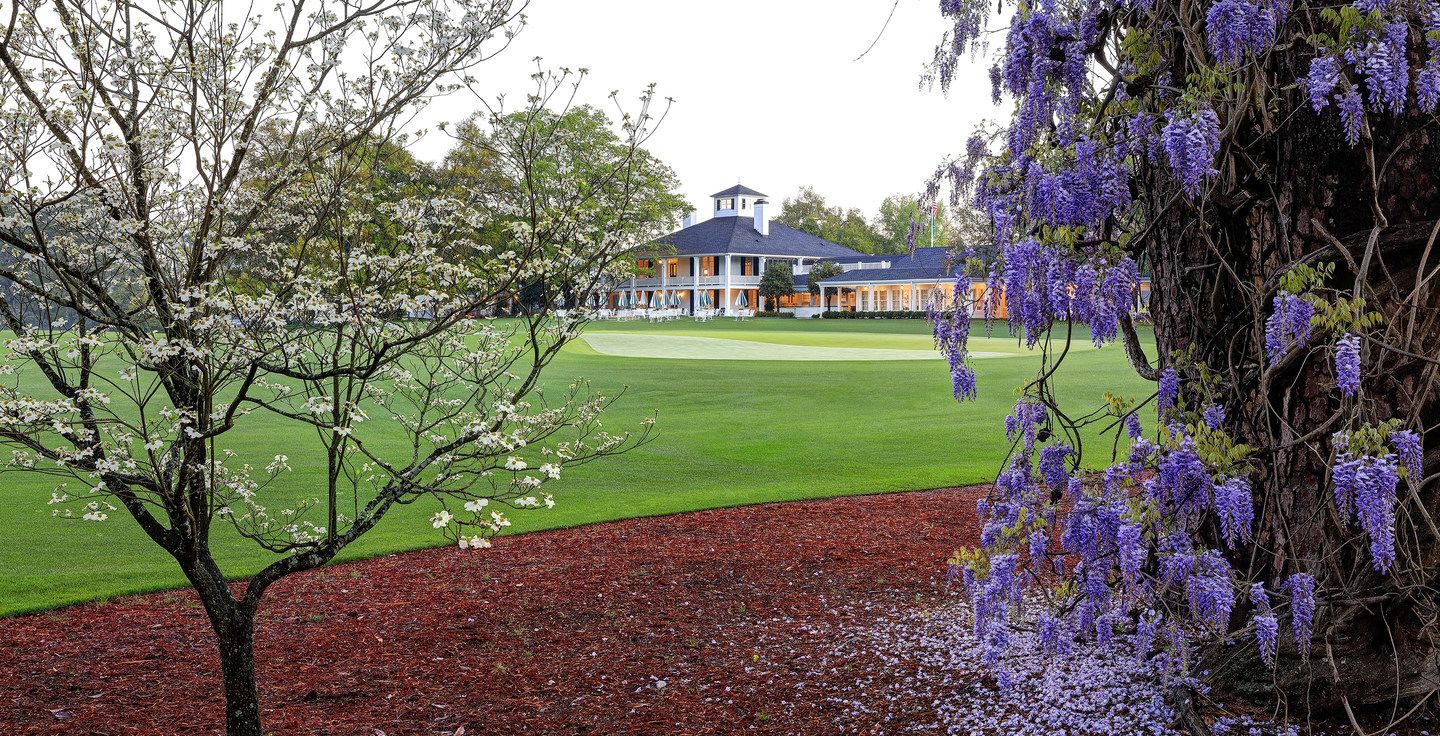Inspiration
The Plants of Augusta National Golf Club
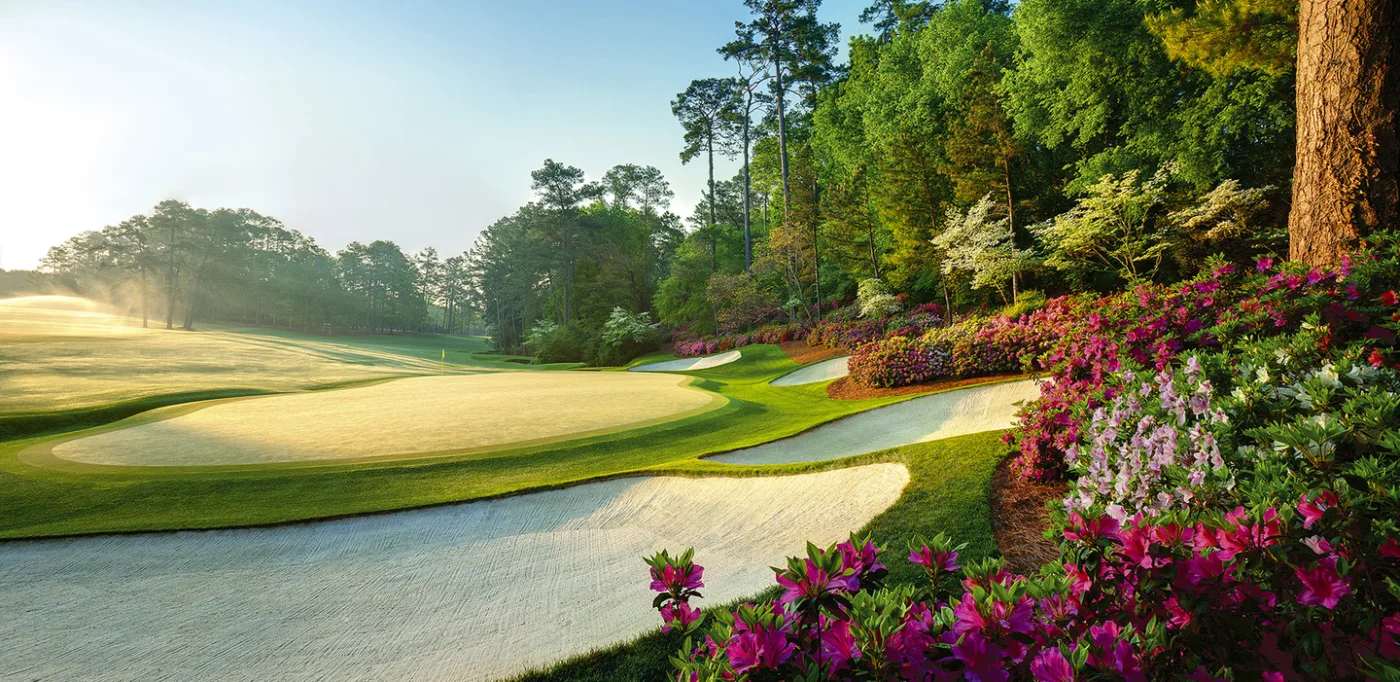
Story Highlights
Augusta National Golf Club, host of the Masters Tournament, is built on the grounds of the former Fruitland Nursery. The nursery operated from 1857 to 1910 and became renowned for importing a wide variety of plants from around the world. When designing the golf course, architects (including two grandsons of Fruitland's original owner) embraced the history of the land by incorporated existing plantings and creating stunning landscaped scenes.
Famously, each hole at Augusta National is named for a tree, bush, shrub, or flower found on the course. In this article, we discuss the trees and flowers of Augusta National, hole-by-hole.
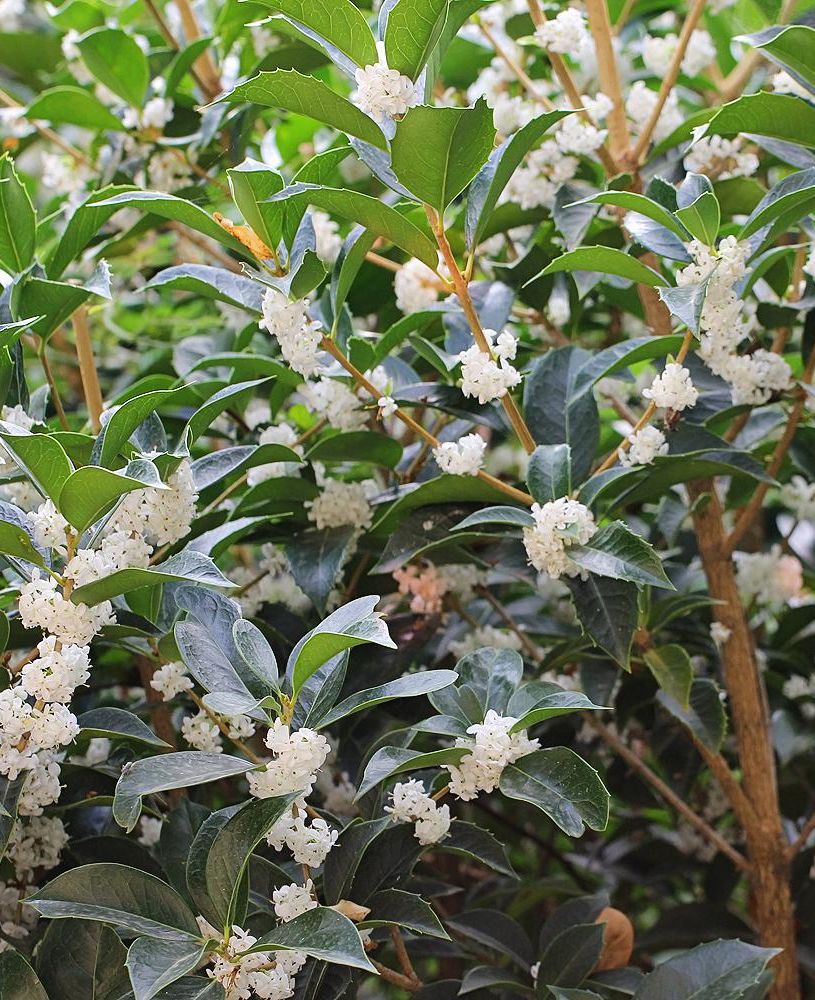
hole 1
Tea Olive
Osmanthus fragrans, native to southern Asia, is an evergreen shrub or small tree belonging to the Olive Family. Its intermittent displays of small white flowers from December to March are delightfully fragrant. The Tea Olive attains a height of 16 to 20 feet and works well for hedges and screens, or as a landscape specimen. A great choice for along walks and near entrances where the fragrance can be fully enjoyed.
Spot it on the course: It's to the right of the fairway and rear of the green on No. 1.

hole 2
Pink Dogwood
Cornus florida, var. ruba, is an American contribution to the world of ornamental horticulture. This tree is a mutation that is propagated by grafting onto a white dogwood seedling. Depending on the weather, the tree blooms late March through April. In the Fall, the foliage turns a beautiful crimson and the tree produces red berries that are a favorite of songbirds.
Spot it on the course: This hole is flanked by masses of these colorful native trees.
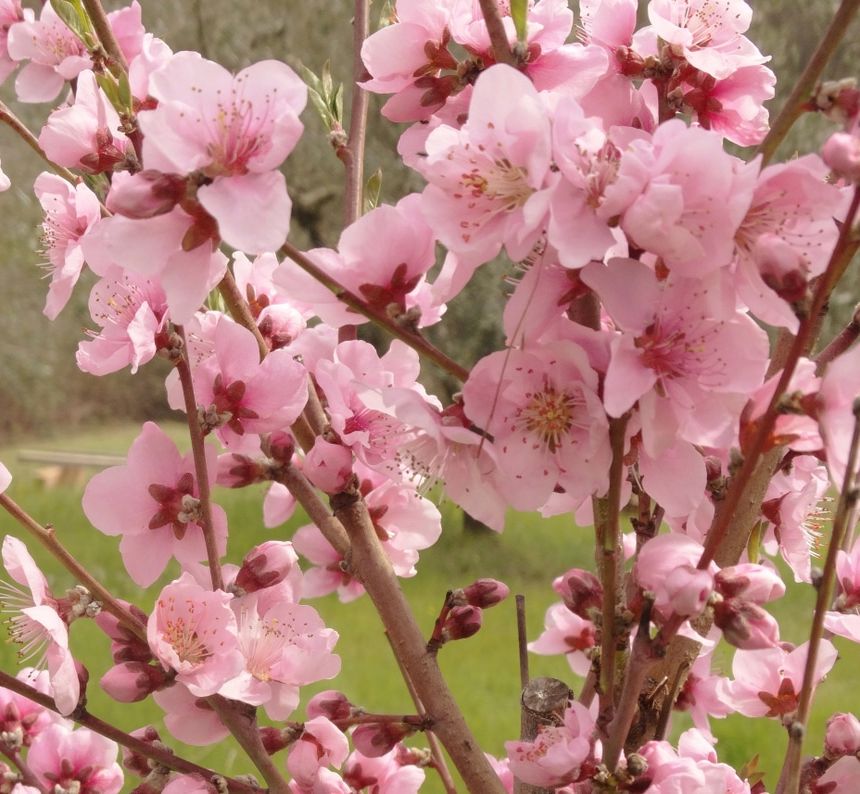
hole 3
Flowering Peach
Prunus persica is native to China. The flowering varieties are cultivars developed for their showy blossoms and not their fruit. The flowers may come in white, pink, red or variegated colors; they usually bloom from mid- to late March.

hole 4
Flowering Crabapple
These flowering crab apples, Malus hybrida, are Far Eastern varieties that have a more prolific flowering habit than native forms. The trees bloom in late March and early April, with light-pink to deep-rose flowers followed in the fall by colorful tiny apples, a popular food for wild birds.
Spot it on the course: These trees can be spotted on either side of the fairway upon approaching the green.

hole 5
Magnolia
The magnolia is one of the most prominent native trees at Augusta National. The botanical name Magnolia grandiflora is descriptive of the massive evergreen tree with large, fragrant white flowers that bloom in May and June. Deciduous imported varieties are also present.
Spot on the course: Magnolias can be spotted throughout Augusta National, including the entrance known as Magnolia Lane. On the 5th hole, Magnolias can be found along the fairway and around the green.
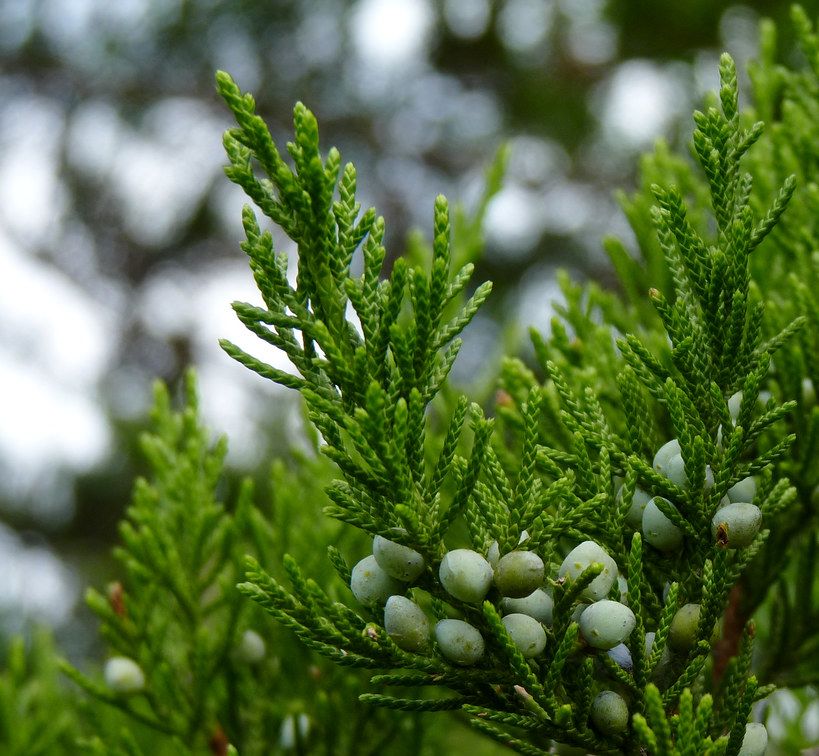
hole 6
Juniper
Juniperus virginiana is a native evergreen tree. Commonly called Red Cedar, it is not a true cedar. The aromatic wood makes it popular for storage chests and other furniture.
Spot on the course: Juniper can be found throughout the treelines of the course.
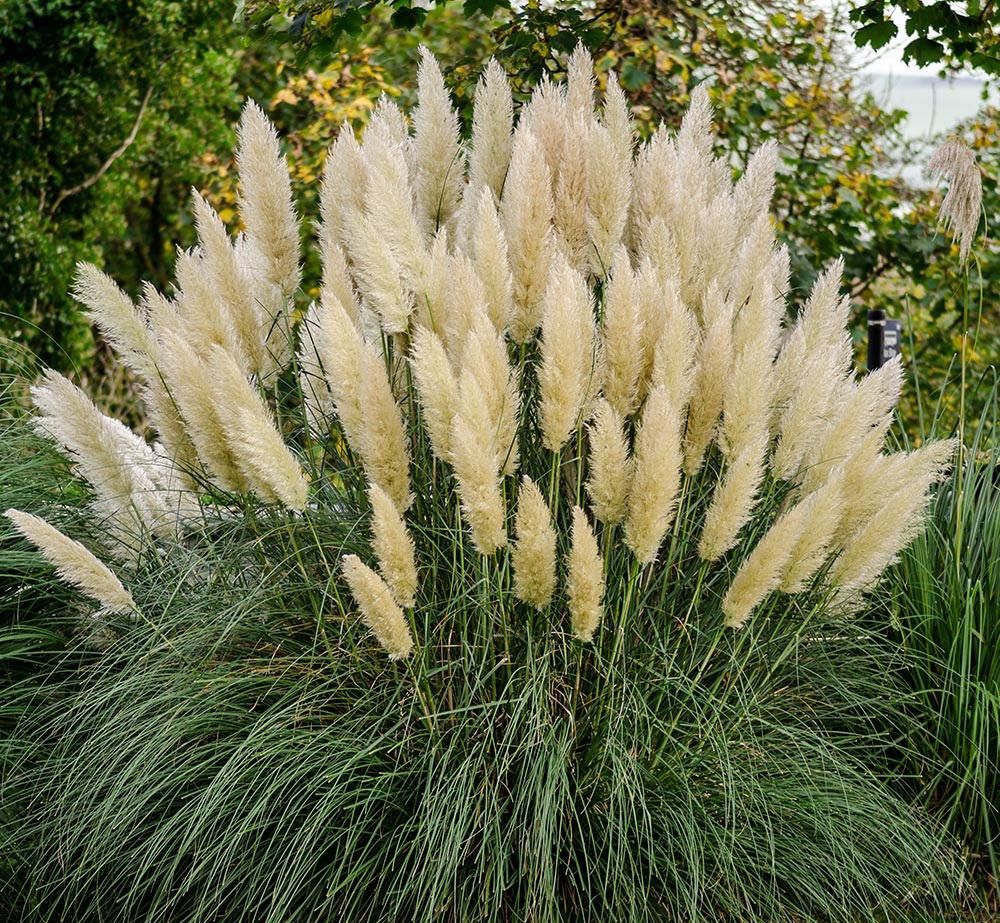
hole 7
Pampas
The hole is named for its distinctive pampas grass, Cortaderia selloana. Native to Argentina, the evergreen grass sends up its plume-like flowers in August, the seed tassels lasting until the following spring.
Spot on the course: The pampas grass can be seen along the left side of the fairway.
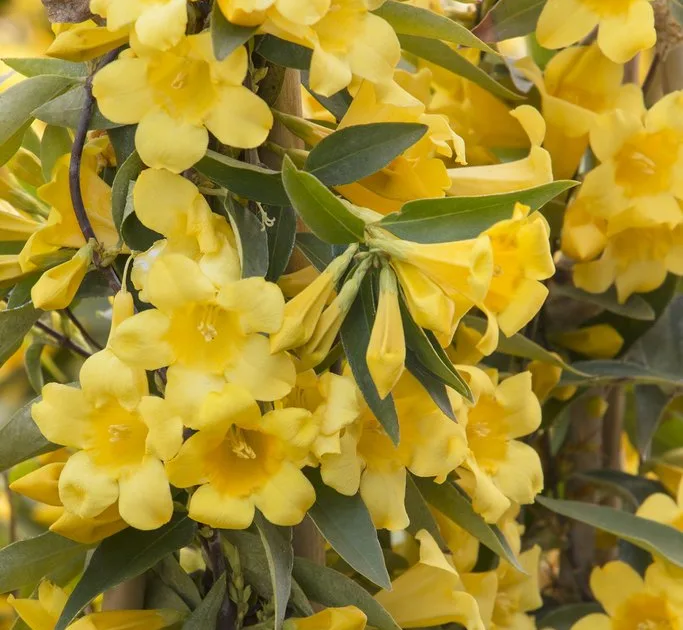
Hole 8
Yellow Jasmine
Gelsemium sempervirens is a twining vine native to the Southeast. This semi-evergreen vine produces 1.5-inch bright yellow trumpet flowers during the first warmth in February through late March.
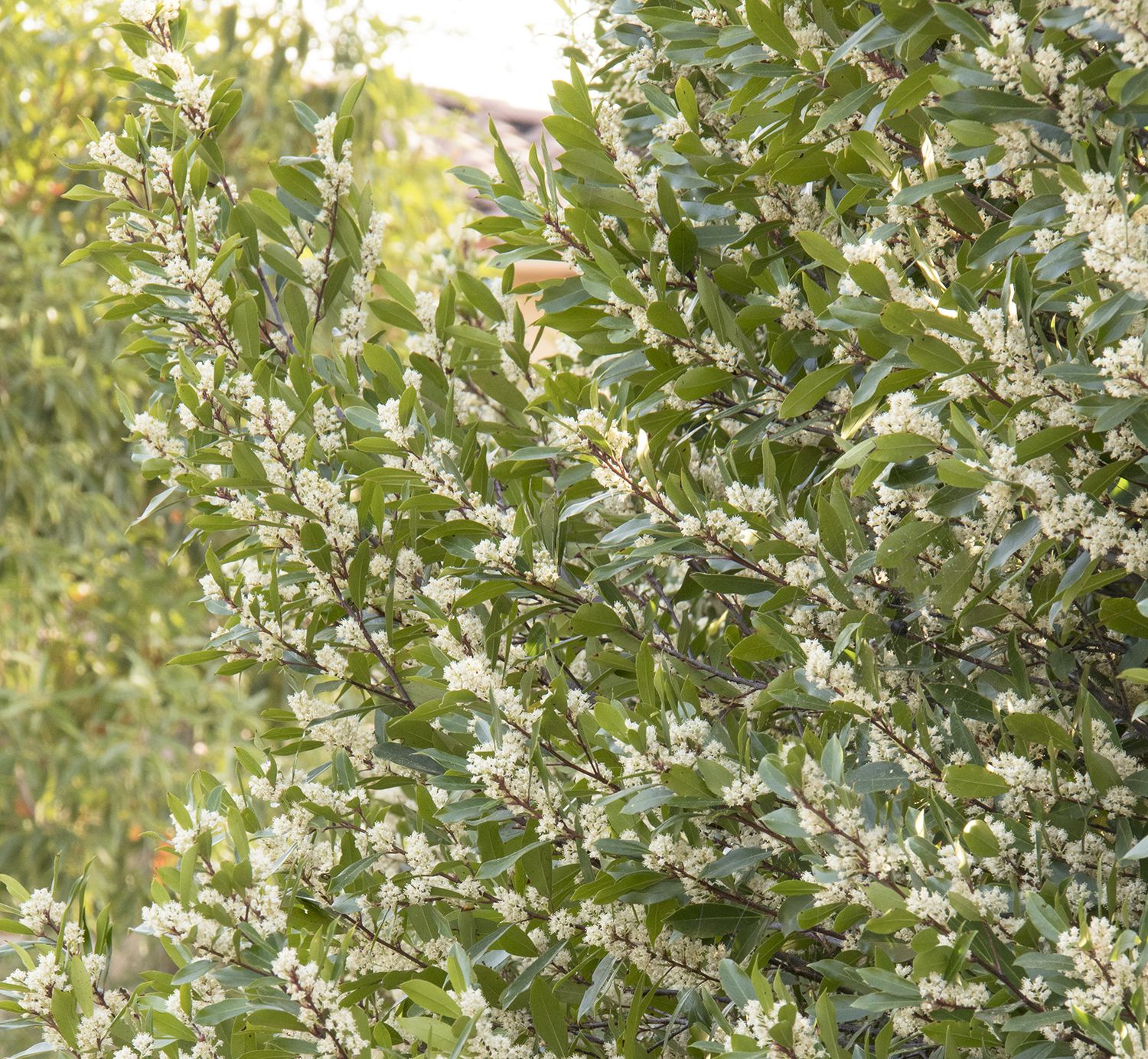
hole 9
Carolina Cherry
Prunus caroliniana is a small, native evergreen tree. The plant bears prolific clusters of small, white flowers in April followed by black berries that are popular with a variety of birds.
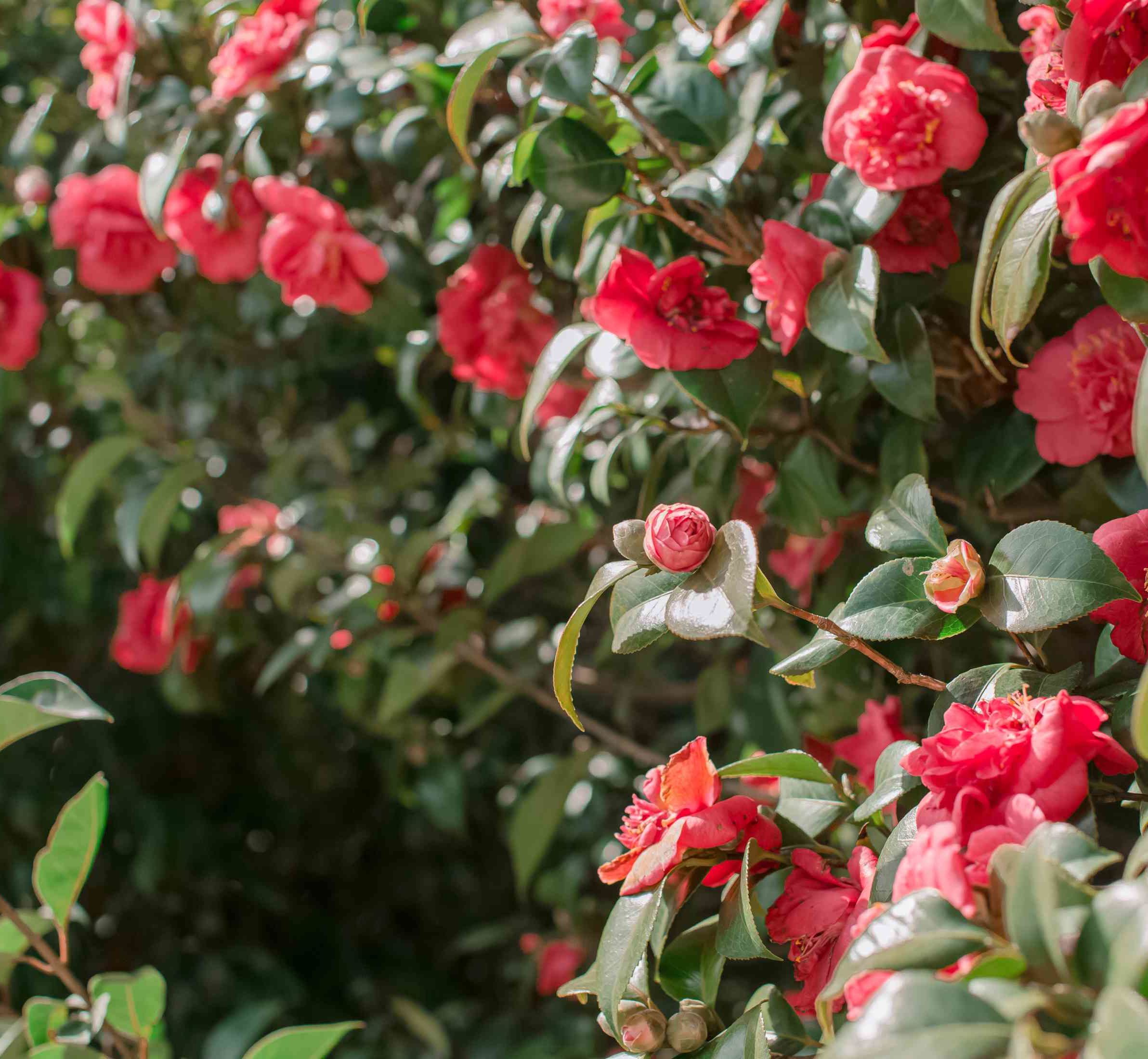
hole 10
Camellia
Camellia japonica is a classic flowering evergreen shrub belonging to the Tea Family, and is native to China and Japan. The Berckmans family, who ran a nursery on the property prior to the construction of Augusta National, imported plants from Japan, France, England, Germany and Belgium, and listed 24 named varieties in P. J. A. Berckmans' catalogue of 1861. Blooming period and color vary depending on variety. Both the japonica and sasanqua species abound on this hole.
Spot on the course: This classic shrub can be found along the fairway and behind the green.
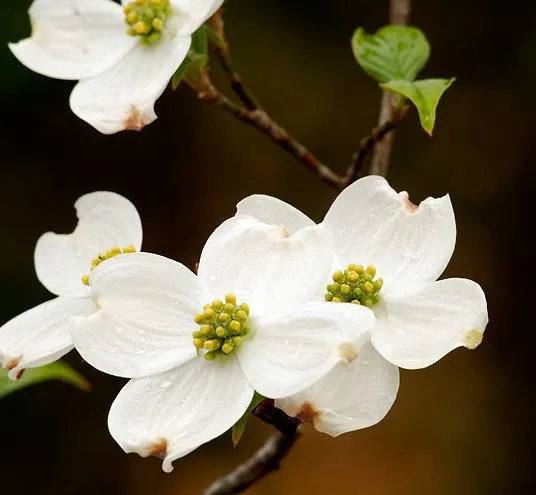
hole 11
White Dogwood
Cornus florida is one of the most popular flowering trees native to the eastern United States. The flowers—which bloom in late March and early April—are followed by shiny red berries in August and colorful foliage in the fall, making it the aristocrat of flowering trees in the South.
Spot on the course: Dogwoods can be found throughout the landscape at Augusta.
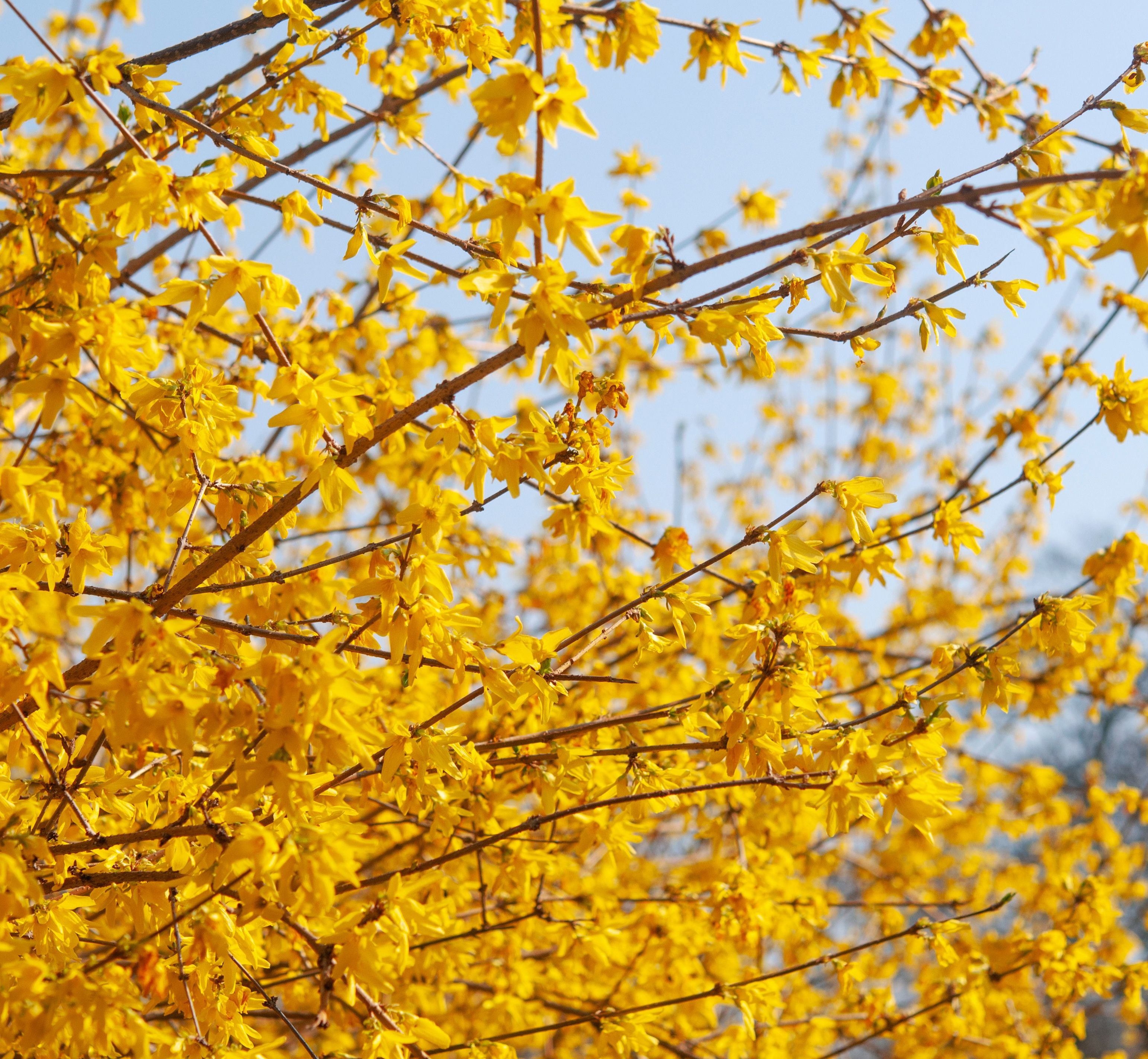
Hole 12
Golden Bell
Forsythia intermedia is a hardy, deciduous shrub native to the Far East and belonging to the Olive family. It has become one of the more popular spring-flowering shrubs in America, as few plants can match its brilliant display of yellow flowers in March and early April.
Spot on the course: This flowing shrub can be found in the decorative landscape around the green.

Hole 13
Azaleas
This hole bears the name of the plant for which Augusta National is most noted. This Rhododendron species may be seen in many forms on the course, with over 30 varieties present. Native species and many of the rare older plants are also present. The flowering period ranges from March through mid-April. From tee to green, this hole is flanked on its south side by approximately 1,600 azaleas, including many different species and cultivars.
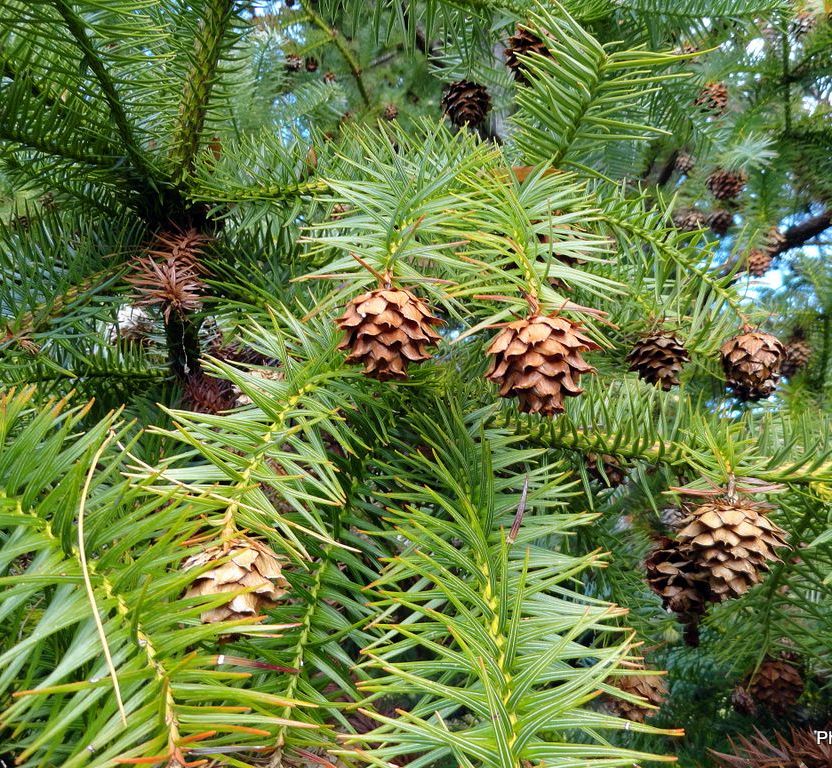
Hole 14
Chinese Fir
The exotic Cunninghamia lanceolata, native to China, is an unusual evergreen. The flowers are inconspicuous green catkins, which are followed by an ornamental cone. Older foliage remains dry and dead on the branches for several years. The Chinese fir is a highly prized tree in China and Japan, where it's often used for lumber and woodworking.
Spot on the course: These unique firs can be seen on the left side of the fairway.
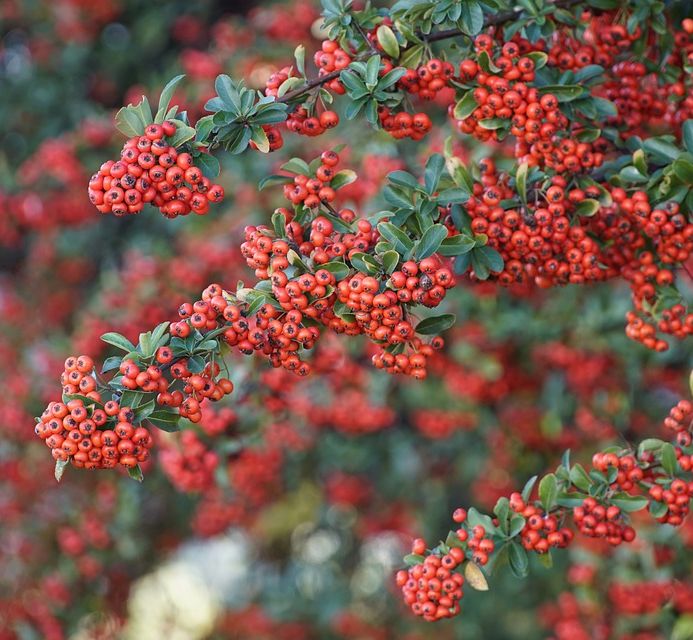
Hole 15
Firethorn
Pyracantha coccinea is one of the most prolific bearers of orange-red berries. It belongs to the Rose family, and in April is covered with numerous small, creamy-white flowers, which in turn form the brilliant berries. The name Firethorn comes from the multitude of thorns covering the branches. The shrub is native to southern Europe.
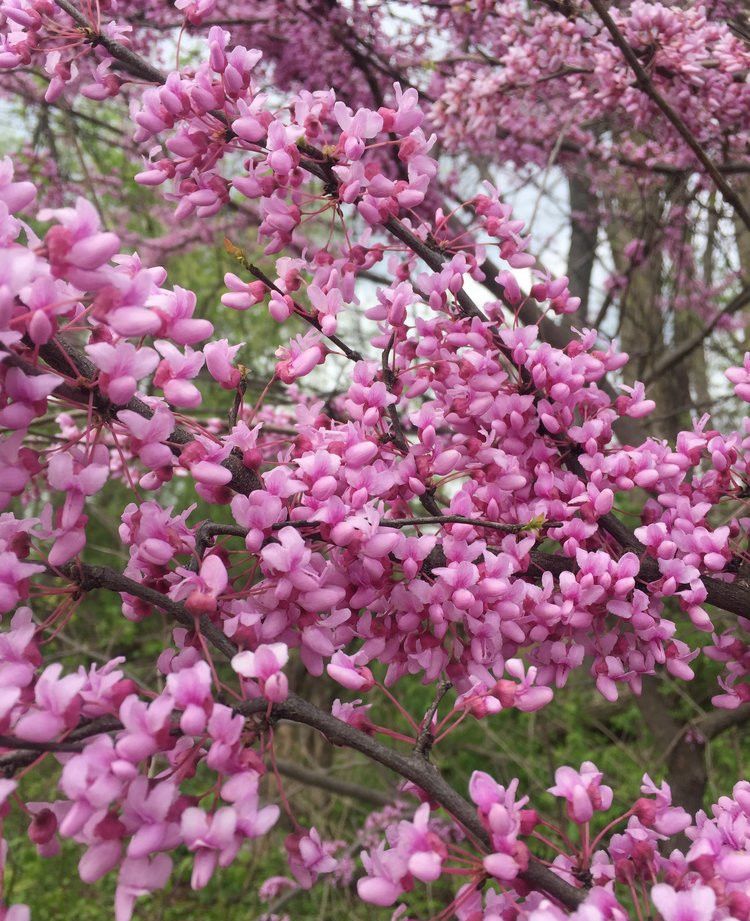
Hole 16
Redbud
Cercis canadensis is a small tree native to the eastern United States. Commonly called the Judas tree, it produces flowers that are orchid pink rather than red. A member of the Legume family, the showy tree blooms from early March into April.
Spot on the course: Redbuds can be seen along the fairways throughout the course.
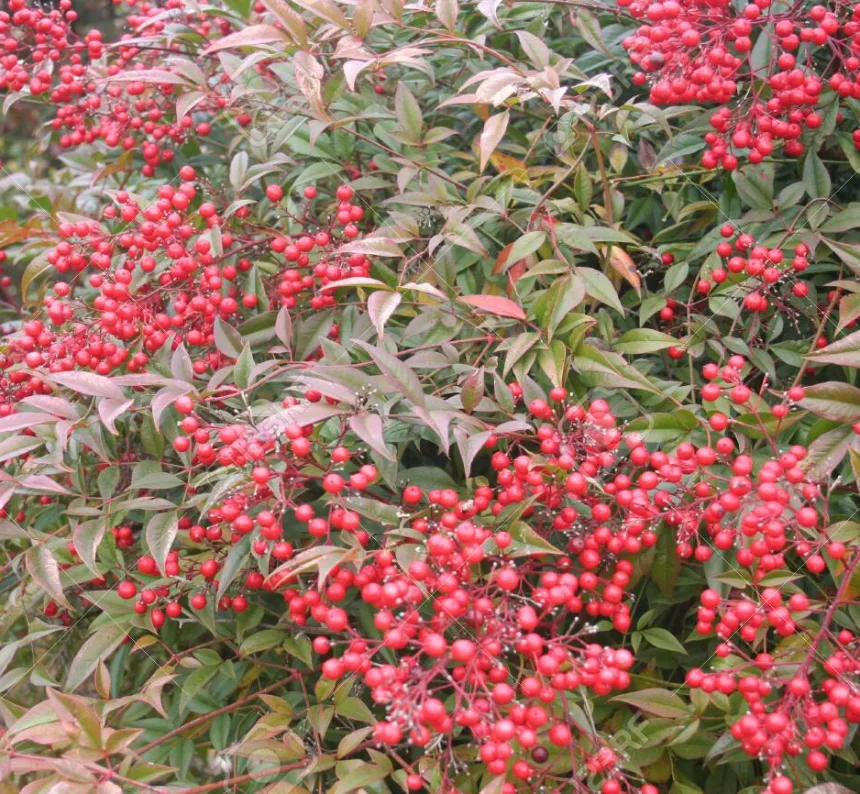
Hole 17
Nandina
Nandina domestica, sometimes called Heavenly Bamboo, is an oriental shrub. Often located near the doors of Japanese homes, it is a good luck symbol that is supposed to mediate family disputes. With its white blooms in May and spectacular red berries from fall to winter, the Nandina can show varying colors year-round.
Spot on the course: Nandina can be seen in various flowerbeds and along the left side of the fairway of the 17th hole.
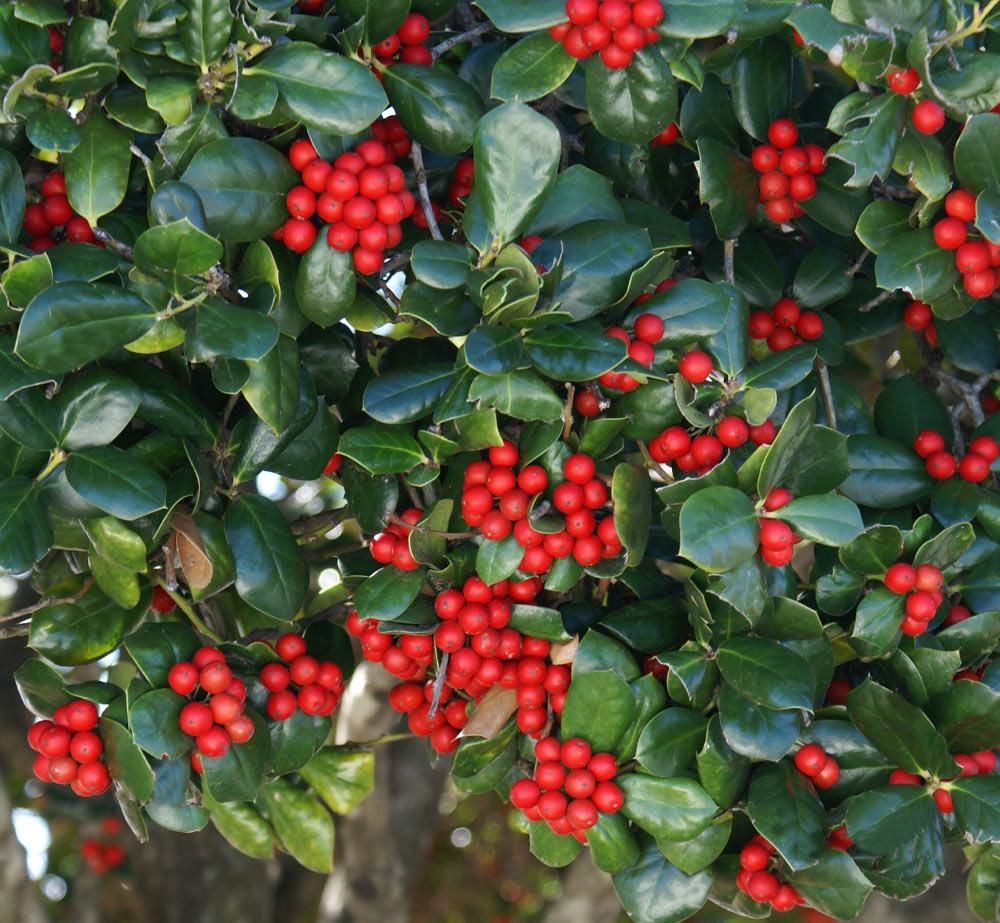
Hole 18
Holly
Ilex opaca, American Holly, is a medium-sized native evergreen tree. The tree bears inconspicuous flowers, with only the female tree able to produce berries. The fruit begins to turn red in the fall and persists into the winter.
Spot on the course: There are several varieties of holly on the 18th hole that can be spotted along the fairway.

Honorable Mention
Wisteria
Wisteria can also be found throughout the grounds of Augusta National. There is one particular vine, clinging to the rear of the clubhouse, that has gained notoriaty. It is thought to be among the first-ever in the United States and possibly the oldest in existence in the country.
Budgeting for Your Swimming Pool Project: A Detailed Breakdown
Budgeting for Your Swimming Pool Project: A Detailed Breakdown
In this guide, we’ll break down the various elements that contribute to the total cost of a pool project—from structural engineering to landscaping—so you can see how each part contributes to creating a stunning, long-lasting pool environment.
